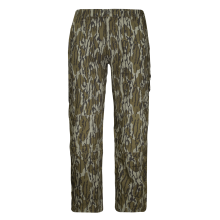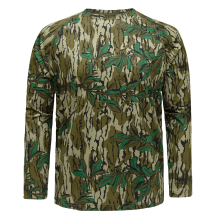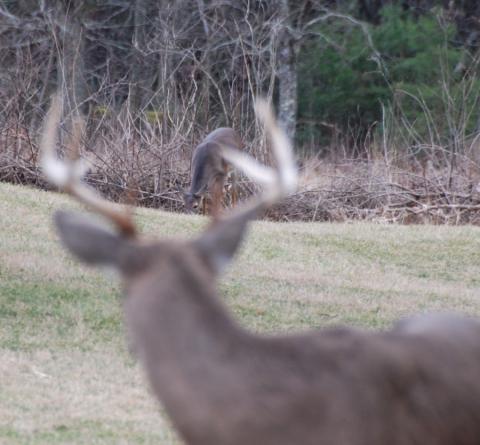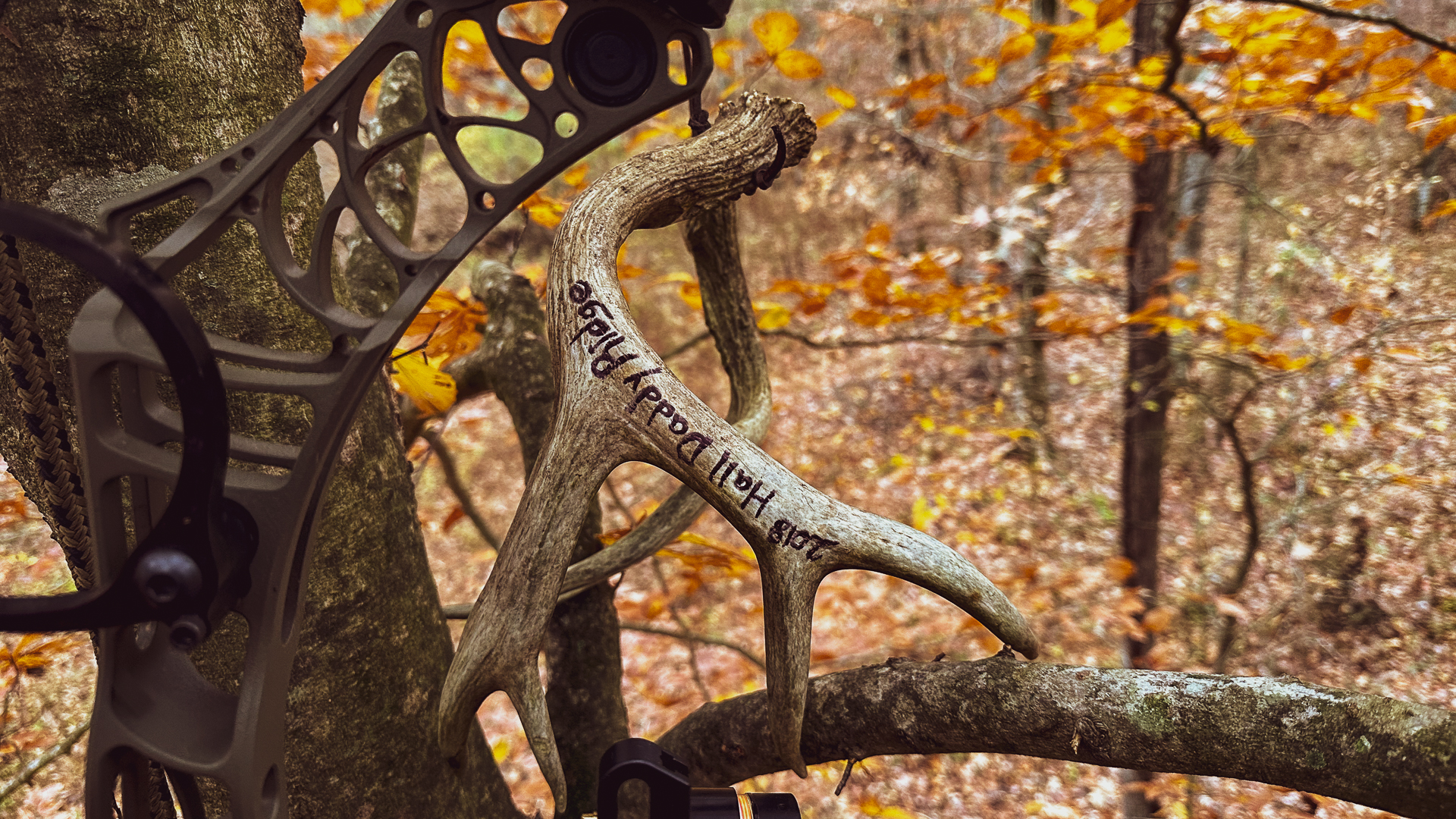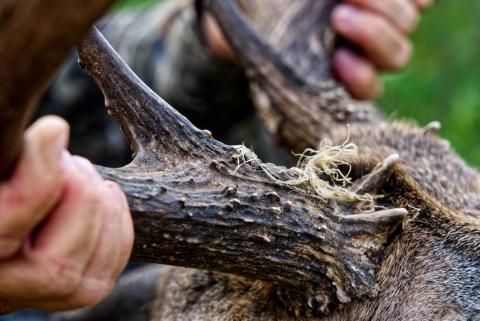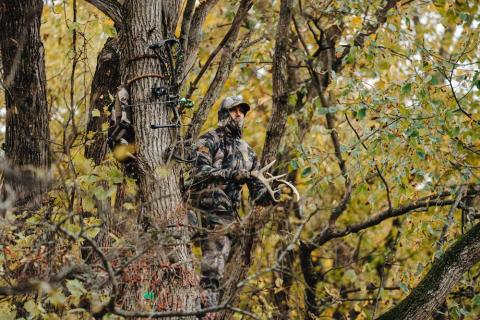Phillip Gentry
With the waterfowling season looming in the not-so-distant future, duck hunters look forward to getting in on some memorable wing shooting. Duck hunting is popular coast-to-coast across the United States and abroad, but some of the most popular destinations are located within the Mississippi Flyway.
Rising in the Central Canada breeding areas and flowing nearly due south to the Gulf of Mexico, the Mississippi Flyway is an important migratory corridor for waterfowl of almost every species. You’ll find parts of this flyway winding through states like Louisiana, Arkansas, Minnesota, Wisconsin, Iowa, Illinois, Missouri, Kentucky, Tennessee, and, of course, Mississippi.
Along the way, hunters try to outwit migrating ducks in countless locations, including ponds, sloughs, lakes, oxbows, bottomland hardwood forests, and even the banks of the big River herself. Whether you're a novice to the area or a veteran hunter, there are a number of variables that dictate duck movements and numbers, which can subsequently spell success or lack of success for waterfowlers. Here, we’ll detail some of these factors to help you boost your chances of a great hunting season.
Water Levels
It’s hard to hunt ducks without water. Although you would think the Mississippi and her tributaries that make up the Mississippi Delta would have ample water-rich wetlands and natural reservoirs, some years are better than others. Some locations along the flyway receive water from the big river only if water levels are high enough.
Considering water levels is especially important when stalking the myriad oxbows that dot either side of the river. These crescent-shaped lakes formed when the river changed course and left a stretch of river channel separated from the main flow of water. These usually shallow depressions can be duck magnets in dryer years without widespread flooding. But these may not be the best locations in wetter years. An overabundance of rain means that ducks have double or triple the area to use during their migration and can spread out their numbers considerably.
Before waterfowl hunting an oxbow or other water body tied to the Mississippi River, check the local river gauge for the area, which is available from the National Weather Service or the U.S. Army Corps of Engineers websites. Believe it or not, when a river surges above flood levels, it is a fantastic time for duck hunting.
Food

The fertile delta areas on each side of the river and supporting tributaries are rich in agriculture. One of the biggest attractions for waterfowl migrating along the Mississippi Flyway is the abundance of food from flooded crops.
However, agriculture on private and public land does not always equate to food for your quarry. It’s worthwhile to do a little digging about the type of agriculture near the area you’ll be hunting. Crops like cotton and sugar cane are of little value to migrating waterfowl. Rice, beans, and grains are preferred food sources. In addition, ducks and geese eat a variety of aquatic plants, natural grains, and grasses.
Not all these foods mature and are desirable to waterfowl at the same time. Being able to identify foods and when they become attractive to waterfowl is a big step toward knowing where they’ll congregate. While some outfitters that manipulate their own impoundments will plant duck-attracting foods, these hunting areas work better if there’s additional food to draw the ducks there.
Ducks don’t always stick to a vegetarian diet — most waterfowl species are omnivorous. If an area is rich in snails, slugs, earthworms, aquatic insects, and crustaceans, you can bet that it’ll draw many of the duck species that call the Flyway home during the migration period. You can even find ducks scavenging meat left over from local predators. Diving ducks, like the ring-necked duck and the lesser scaup, will eat small fish.
Weather

Waterfowl that migrate south for the winter are escaping colder weather in the northern reaches of the continent. As cold weather and freezing temperatures push south, they push ducks in front of it. Conversely, warming trends will lock birds down in one particular area or even see them creeping back up to northern climates.
This is not to say that all ducks move in one solid wave, but freezing temperatures in higher latitudes will put migrating waterfowl back in the air. Timing weather fronts is a tricky proposition, particularly if you are planning a trip with an outfitter or on your own long before reliable weather reports.
Photo periods, meaning the length of daylight, triggers migration in waterfowl, but the masses only move as far south as they are forced to by the cold temperatures that freeze over water holes and cover food sources with snow.
Believe it or not, weather patterns that are often considered miserable for humans are downright optimal for duck hunters. Windy days, cloudy skies, and cooler temperatures with a little rain usually increase your hunting success rates. This is because these conditions reduce visibility, which makes you a little less noticeable by the ducks you're hunting along the Mississippi Flyway. Ducks consider these conditions safer, making them ideal for waterfowl hunting.
Additionally, while most ducks and geese don’t mind windier conditions, many will come to ground when there are high winds. This can increase your chances of bagging a bird. Heavy rain can also increase your chances of success since it brings tasty invertebrates to the surface. Ducks know this and will be hunting the newly moist soil for a snack. This is an optimal time for bagging a duck.
Another factor tied to the weather is the maturing of food sources found along the way. This food availability often dictates why some species, like teal, head south faster due to lack of food availability in the shallow waters they frequent.
Bird Population Size
The overall number of birds available in a given season is driven by the breeding success and survival rates these birds experience in the rearing areas in the northern United States and Canada. You’ll find a wide variety of waterfowl species in the Mississippi Flyway. From Northern pintails, mallards, and wood ducks all the way up to Canada geese, waterfowl and duck hunting enthusiasts will have their veritable “pick of the litter” when it comes to waterfowl hunting opportunities. This will depend on the current and ongoing preservation efforts in the area and whether the birds are in active wildlife management areas (WMAs).
Grassroots waterfowl organizations have spent time and money focusing on preserving these areas. Even in years when nesting success is high, natural predation can take its toll on young birds before they leave the rearing areas. Following that, hunting pressure can also reduce the available numbers before whatever birds are available to reach the areas where you’ll be hunting them.
You’ll find that decoys help relieve some of the issues caused by decreased population. Decoys are especially useful along the Flyway because they provide a sense of safety when real ducks see decoy ducks set up near your blind.
Most waterfowlers understand that the beauty of the hunt is in the experience, not just by the number of bagged birds at the end of a hunt. Hunting along the Mississippi Flyway is a wonderful experience in itself, with the skies frequently filled with vast flights of birds of many species winging their way to destinations unknown. Being able to participate in that event, with hopefully some good shooting and great memories made along the way, is all that most waterfowlers can ask for.














